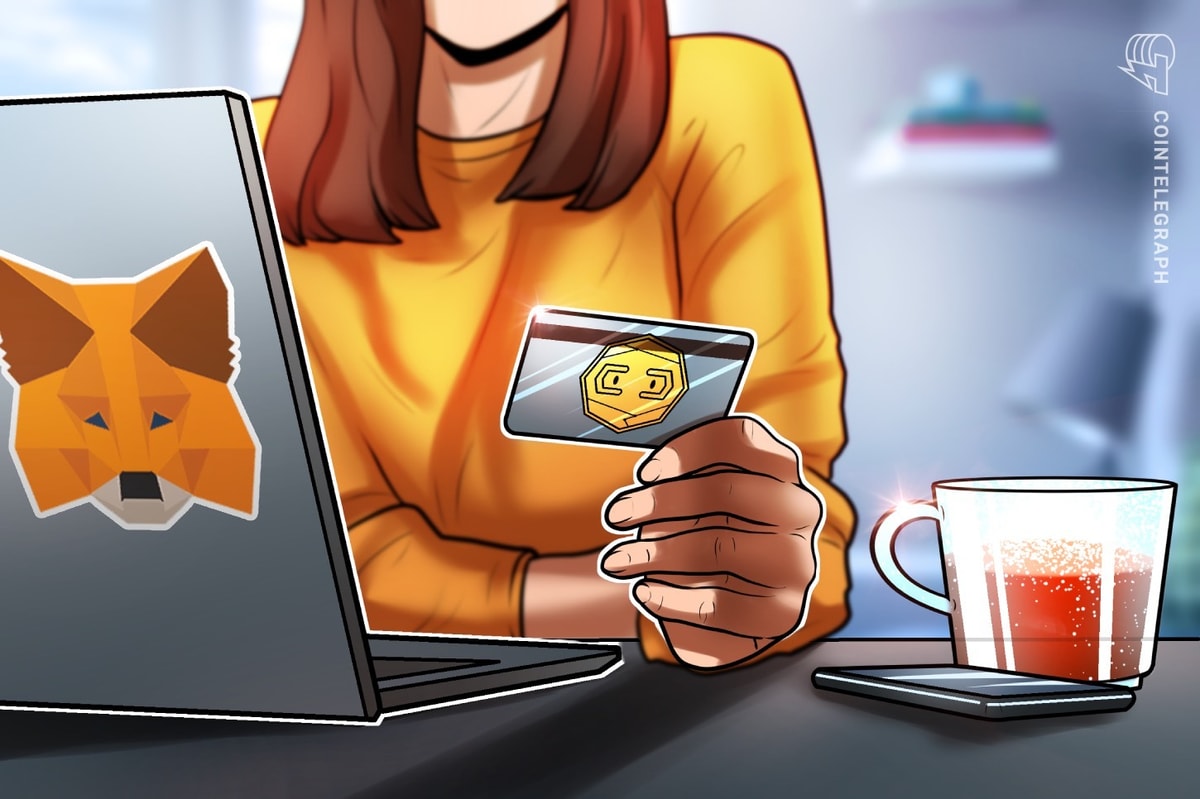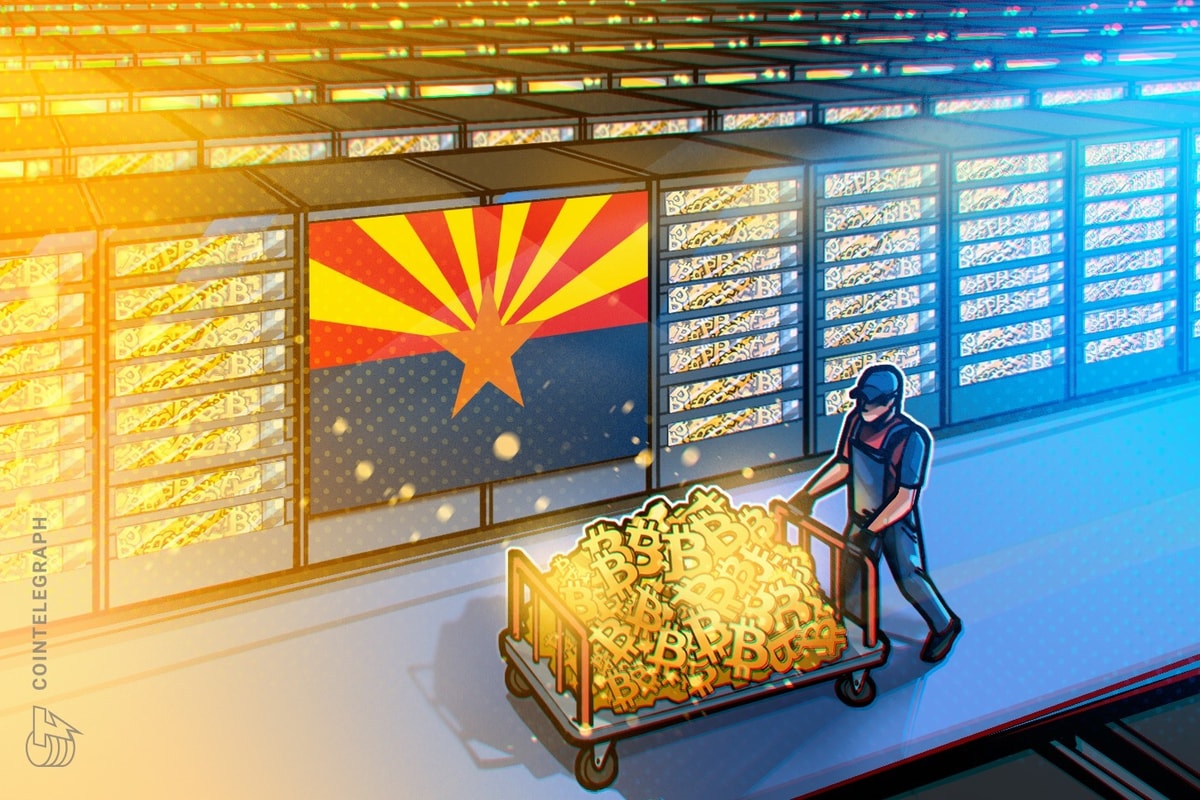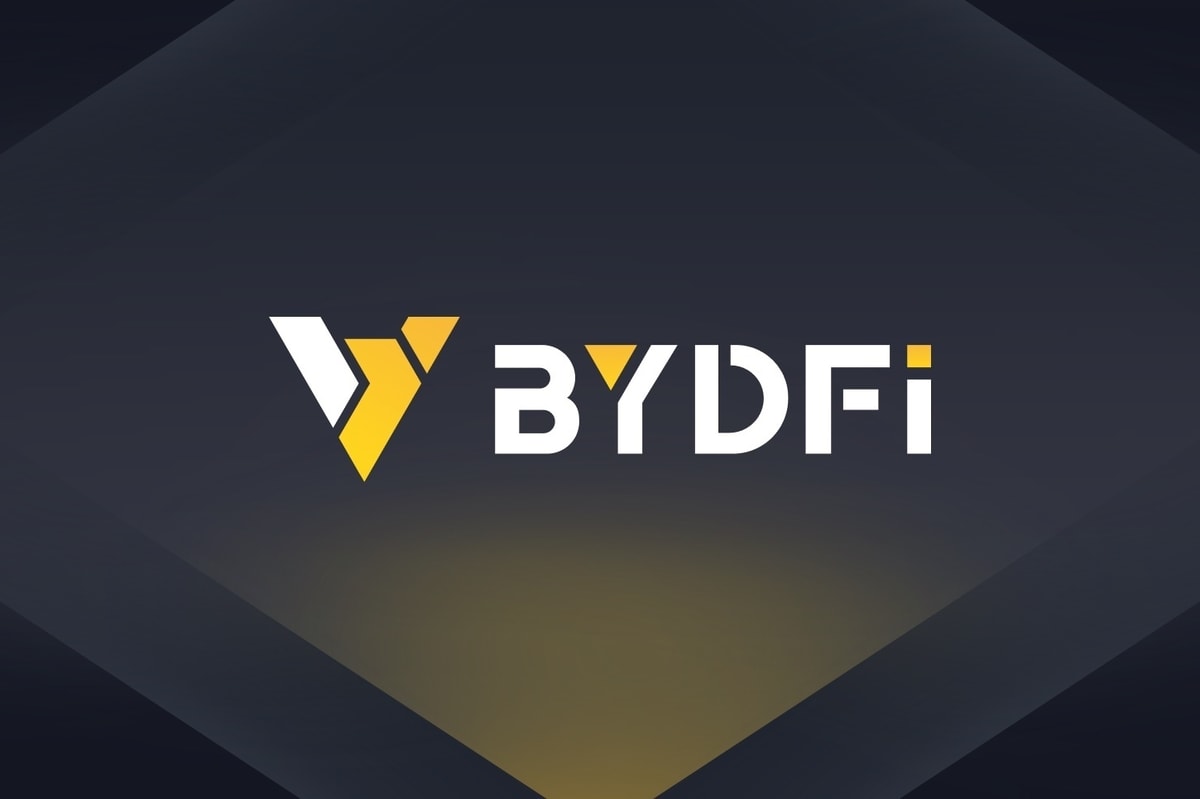The world of NFTs has rapidly grown over the last year. This growth in the industry has been attributed to mainstream adoption of NFTs, promotion by global celebrities such as Justin Bieber and the Covid-19 pandemic which left many people with time to explore new things. Although the roots of NFTs are firmly based in the blockchain and art worlds, sports teams and clubs are now getting in on the action and seeing what’s in it for them.
The tech space has seen a wave of new innovations due to the pandemic. As a result, interest in the NFT space has skyrocketed, along with the cryptocurrencies they’re associated with.
The pandemic accelerated the adoption of tech in markets that traditionally weren’t too tech-heavy (such as sports), which has resulted in a thriving NFT space. As a result of this boom, by the end of 2021, the NFT marketplace was valued at around $41 billion. In sports specifically, Deloitte predicted that transactions will surpass $2 billion this calendar year.
At the core, NFTs are digital collectibles, often featuring images and videos that can be traded online — perfect for sports, you might think! But the sports industry has been uncharacteristically slow on the uptake — in my opinion, the $2 billion Deloitte figure should be far higher.
My company is the first sports-dedicated NFT agency, so we’re pretty well-versed on what’s going on inside the industry.
What is clear is that football clubs are seeing NFTs as the most powerful tool available to engage with fans. NFTs enable fans to get closer to their favorite teams and players with the promise of behind-the-scenes access and the chance to trade memorabilia. If soccer NFTs are done right, they can be hugely successful — with some projects selling in minutes or less.
NFTs in sports are expected to continue to grow rapidly over the next year, with more clubs getting involved in the space. By the end of 2022, Deloitte is predicting that 4 to 5 million sports fans around the world will have purchased or been gifted an NFT collectible.
The opportunities for sports clubs are endless. Memorabilia that has appeared on the NFT marketplace includes autographs, pictures, trophies and awards that once would have been physically purchased. NFT trading cards are created on a blockchain, and although these cards are perhaps less tangible than the original sports trading cards, there is a clear ownership. Sports kits including jerseys, wristbands, socks and boots as NFTs secures your right as the owner and offers an increased value.
While uptake has been slow in the sports world, if done well, I believe NFTs will prove revolutionary for both the teams and their fans. Of course, as with any new industry, it will take time to get it right. Successful parties will take the long-term view, rather than the money-grabbing approach that is too rife in the crypto world at the moment. Hopefully as the space grows, we will see the NFT and sports spaces intersect some more.
Tim Mangnall is the CEO at Capital Sports Media & Capital Block.
This article was published through Cointelegraph Innovation Circle, a vetted organization of senior executives and experts in the blockchain technology industry who are building the future through the power of connections, collaboration, and thought leadership. Opinions expressed do not necessarily reflect those of Cointelegraph.
Learn more about Cointelegraph Innovation Circle and see if you qualify to join










